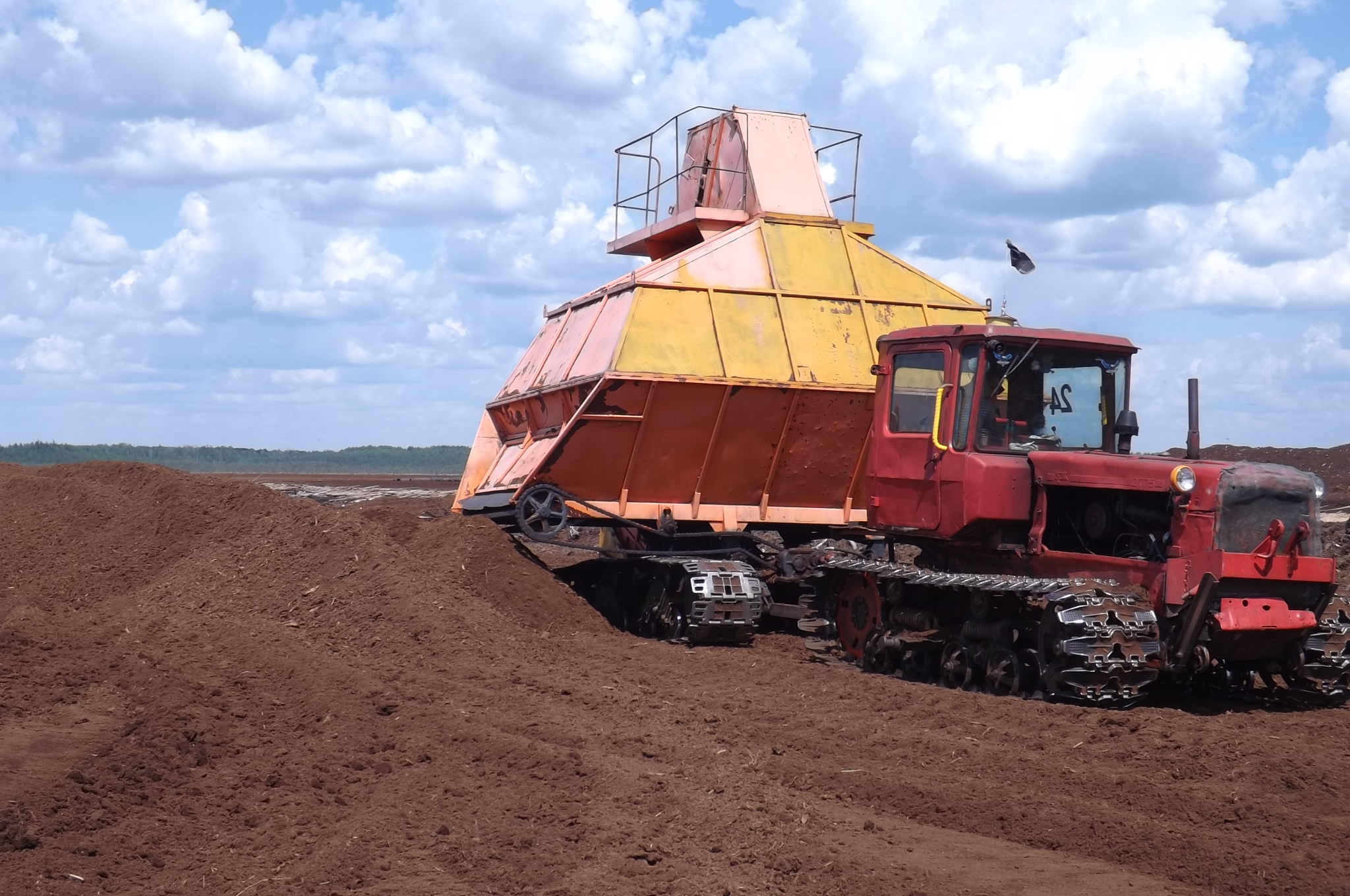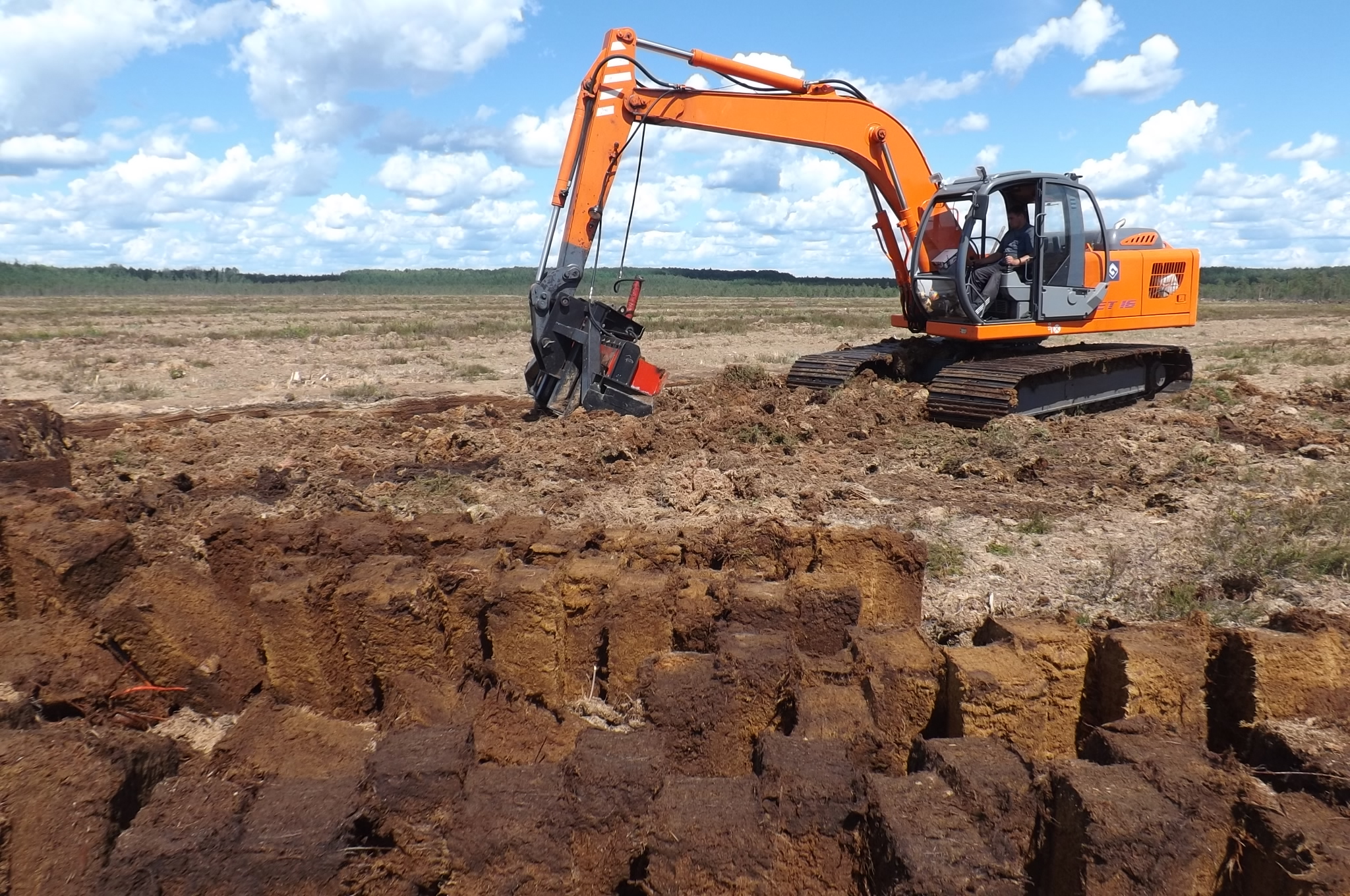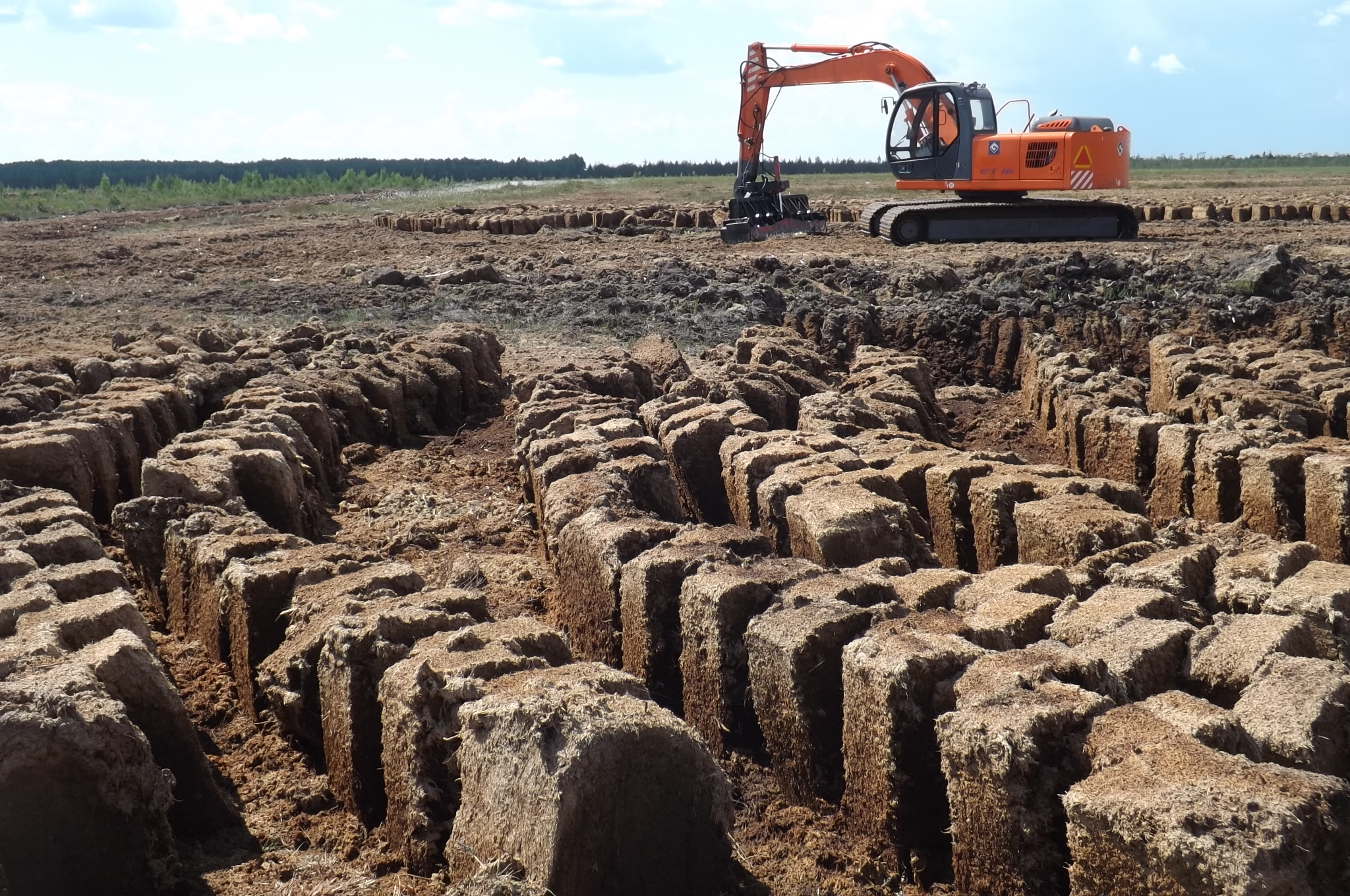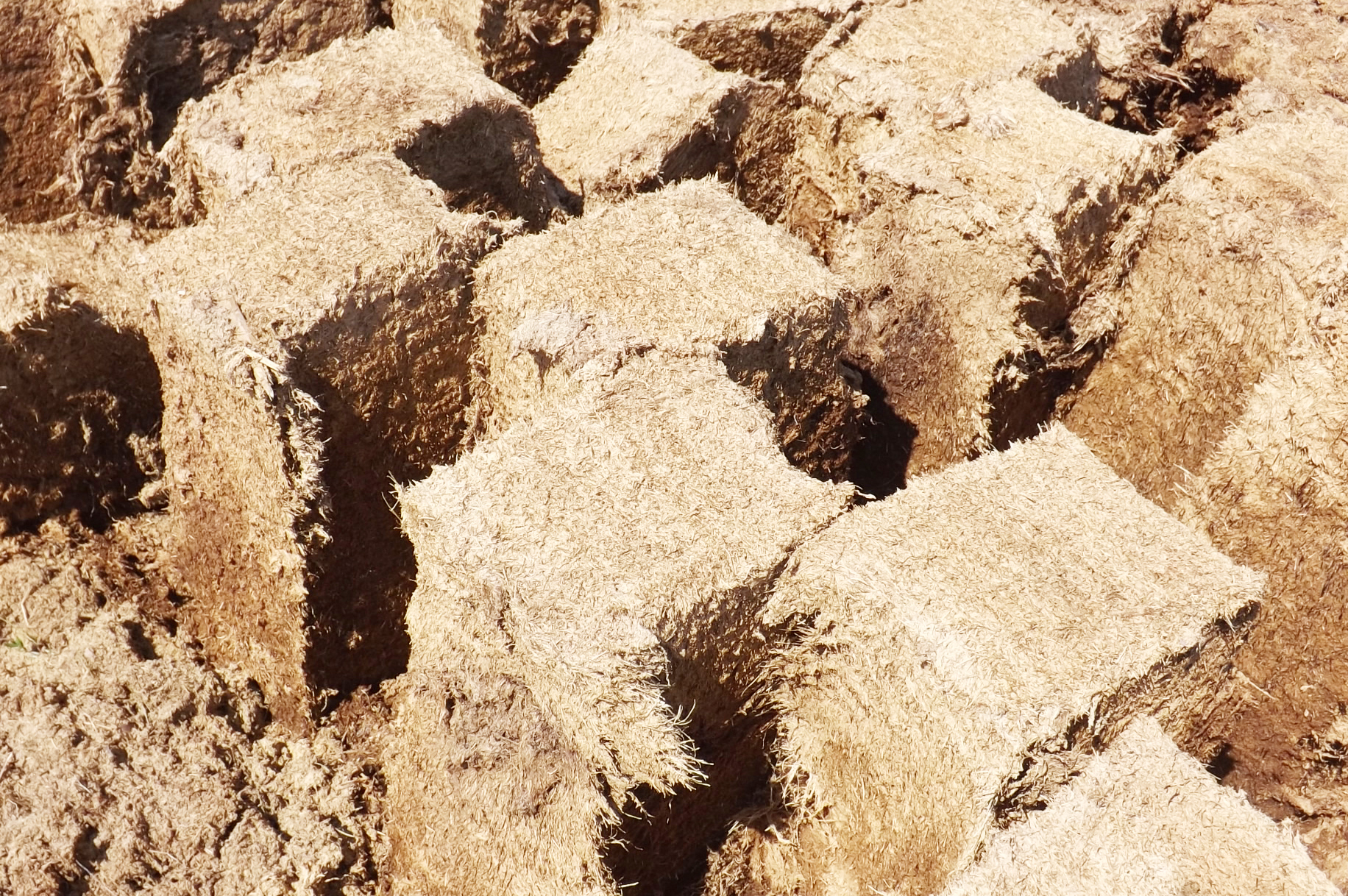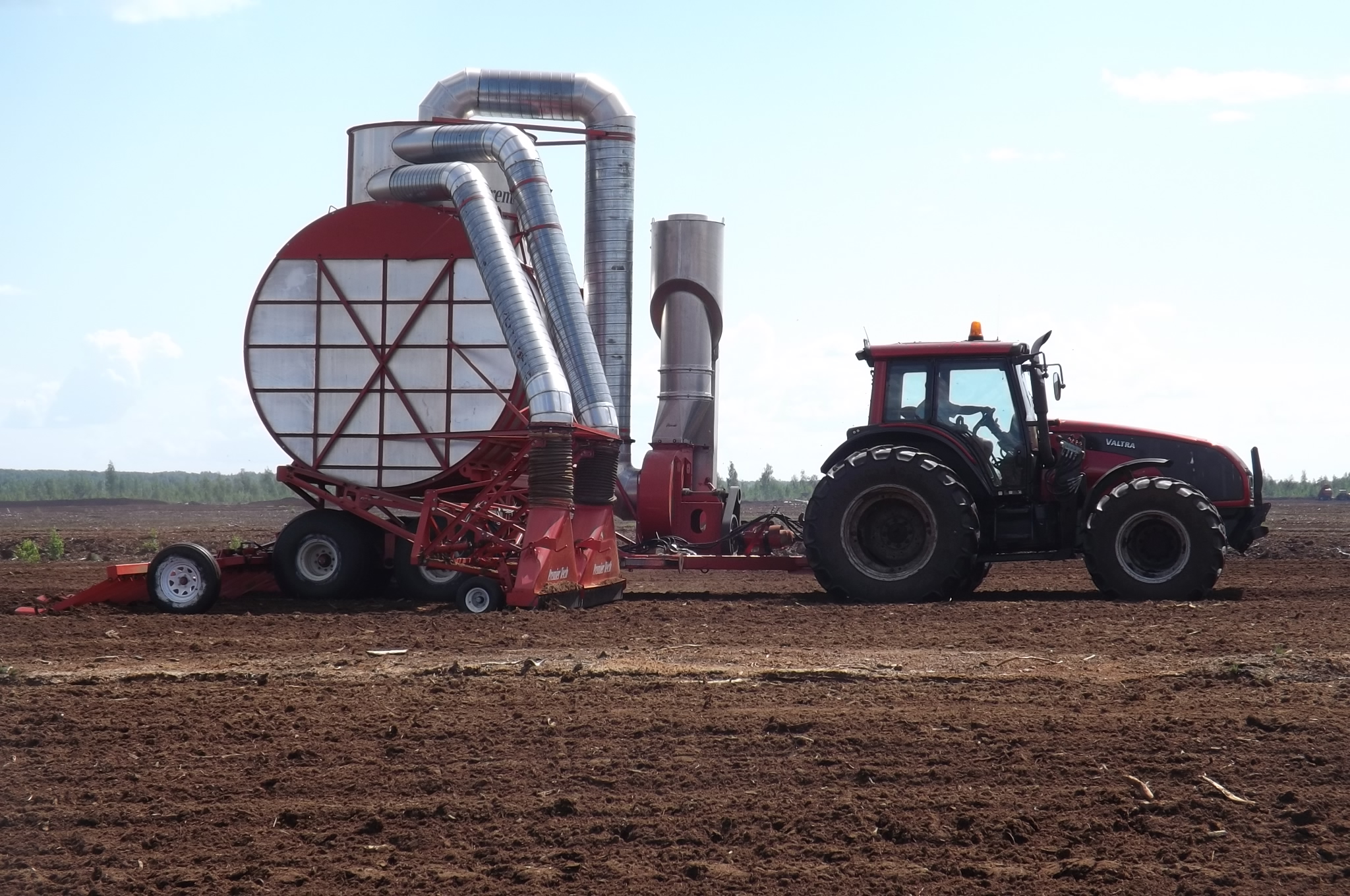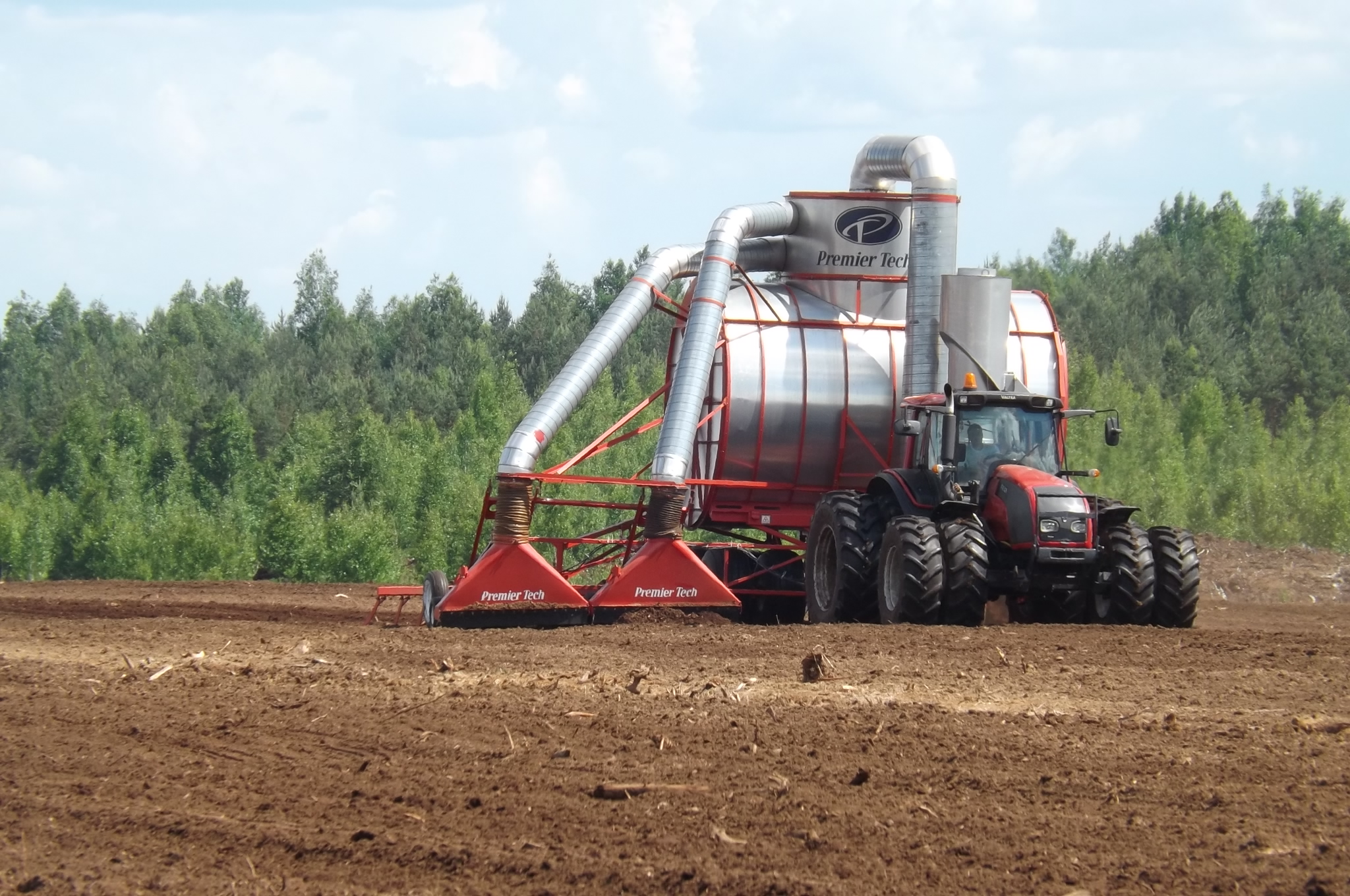The problem of reducing and losing humus in arable soils, as well as obtaining environmentally friendly crop products, has acquired serious significance and is currently observed in all climatic zones of Russia. Ensuring a balanced and positive balance of humus in soils requires the involvement of all sources of organic raw materials in the production of organic fertilizers. One of the ways to replenish such resources is the extraction of local, natural, environmentally friendly and cheap organic raw materials - peat.
The Russian Federation has the world's largest peat reserves. Peat resources are estimated at 186 billion tons (in terms of 40% humidity), which is 32% of the world's reserves. They are located on 65686 peat deposits with a total area of 80.45 million hectares. Pskov Oblast also has significant peat reserves (229 thousand ha with the possibility of renewing resources).
Peat is an organic rock formed as a result of the biochemical decomposition (dying and incomplete decay) of bog plants with high humidity and lack of oxygen. The intensity of the decomposition of peat-forming plants depends on the water content, acidity, ambient temperature and the composition of the incoming minerals. Since many types of plants grow in peat deposits, peat formed in different parts of peat bogs has different properties.
Peat has a complex chemical composition, which is determined by the conditions of genesis, the chemical composition of peat-forming plants and the degree of decomposition of peat. The elemental composition of peat is characterized by the following values: 50-60% C, 5-6.5% N, 1.5-2.5% N, 0.1-0.4% S. The component composition of the organic mass contains water-soluble substances 1 -5%, bitumen 2-10%, hydrolyzable compounds 20-40%, cellulose 6-13%, humic acids 15-25%, lignin 5-8%.
In accordance with the composition of the initial plant material, the conditions for the formation of peat, and its physicochemical properties, it is customary to classify peat into three types: upstream, transitional, and lowland.
The natural diversity of peat determines a wide range of their practical use: in agriculture for the preparation of composts, peat-ammonia and peat-ammonia fertilizers; in vegetable growing and floriculture for the preparation of peat-humus cubes and greenhouse-greenhouse soil mixtures; as biofuel; for mulching crops; in livestock farming as bedding for cattle; in the field of environmental protection for land reclamation and reclamation of disturbed and light soils.
In addition, peat when used as a nutrient soil has several advantages:
1) the high porosity of peat gives optimal access to the roots of water and air, which contributes to a good metabolism and the formation of a healthy root system;
2) high moisture capacity (about 1000%) makes it possible to adjust watering, as a result of which such peat never turns into a lump; at an optimum moisture content of 78-85% (mass.), 35-50% of the pore volume is occupied by air, which is extremely important for the normal functioning of the root system, and even with heavy watering, peat in the pores contains up to 20% of air (!);
3) has antiseptic properties due to the strongly acidic reaction of the medium (pHKCl> 2.5) and the presence of phenolic compounds;
4) is a natural doctor - protects plants from diseases;
5) due to the content of a large amount of organic matter, it has a high absorption capacity and buffering, which makes it possible to use elevated standards of mineral fertilizers in peat soils and, due to this, regulate nutrition levels in a wide range without the risk of creating a salt concentration harmful to plants;
6) carbon dioxide released during the mineralization of peat, promotes the rapid growth of plants in greenhouses, the process of photosynthesis, especially in winter with poor lighting;
7) a low degree of decomposition (not more than 25%) retains useful substances for a long time, which allows the use of peat for 3 years;
8) low bulk density of peat (about 200 kg / m3) greatly facilitates the work with it in greenhouses.
Peat of the Galsky Moss deposit is classified by the specialists of the analytical laboratory of Veltorf LLC as high-quality peat that does not contain pathogenic microflora, pests, weeds and does not require sterilization. There are no industrial pollution, radionuclides, heavy metals, pesticides and herbicides in the extracted peat; There are no farmlands and industrial facilities in the area of peat extraction; agricultural crops have never been grown on drained peatlands. This is an absolute advantage of the proposed peat for use in agricultural production, allowing peat to be used as fertilizer without limiting the application rate.
Share the news with your friends::
